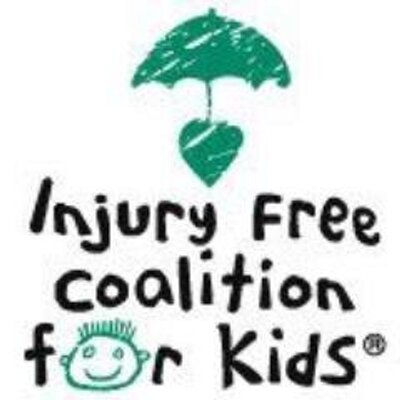The erosion of community play by Michael M Patte
I just read an insightful piece in The Guardian titled “Children in our towns and cities are being robbed of safe places to play.” The author argues that we fail to consider the play needs of children when designing community spaces today and that “a community not built around children is no community at all.”
Reflecting on my childhood play life compared to that of children today, I believe the author is spot on. Just 40 to 50 years ago, roaming hoards of children were a common sight in neighborhoods across America. Parents provided the time, space, and freedom for children to explore the environment mostly unsupervised. I vividly remember the daily, adventurous walks to and from school – rain or shine – with my friends. These excursions were private ones that happened beyond the watchful eyes of our parents. At that time there was a sense of trust in the protective power of the group. Even as young children, we realized that we had to make our own way in the world, and our parents giving us the freedom to walk to school was a small step in that direction.
Unstructured time was offered after school, on weekends, and all summer long. Pickup games ruled the day and organized sports were not as prevalent. Peter Gray (2013) provides a visceral glimpse into the forgotten era of community play:
When I was a child in the 1950s my friends and I played … in mixed-age neighborhood groups almost everyday after school until dark. We played all weekend and all summer long. We had time to explore in all sorts of ways, and also time to be bored and figure out how to overcome boredom, time to get into to trouble and find our way out of it, time to daydream, time to immerse ourselves in hobbies, and time to read comics … What I learnt through my play has been far more valuable to my adult life than what I learnt in school … (p. 1)
Fast-forward to the present day and the roaming hoards of children that once filled the streets and neighborhoods have become virtually extinct. Children, like an endangered species, now find refuge behind screens in the safety of their homes and through participation in organized sports and activities. Over the past 50 years sociologists have documented a transition in America from being a ‘front porch’ society that values community play to a ‘back deck’ society that favors structured activities like play dates (Putnam, 2000). Although there are several reasons for this change, parental fear serves as the main societal barrier (Elkind, 2007; Gill, 2007).
Don’t let community play spaces be a thing of the past. These small steps can help ensure today’s children have access to play:
- Turn your neighborhood into a place for play
- Explore the great outdoors
- Join with like minded individuals
- Explore the available resources
- Advocate for play at home and in the community
- Address the societal factors devaluing children’s play



















